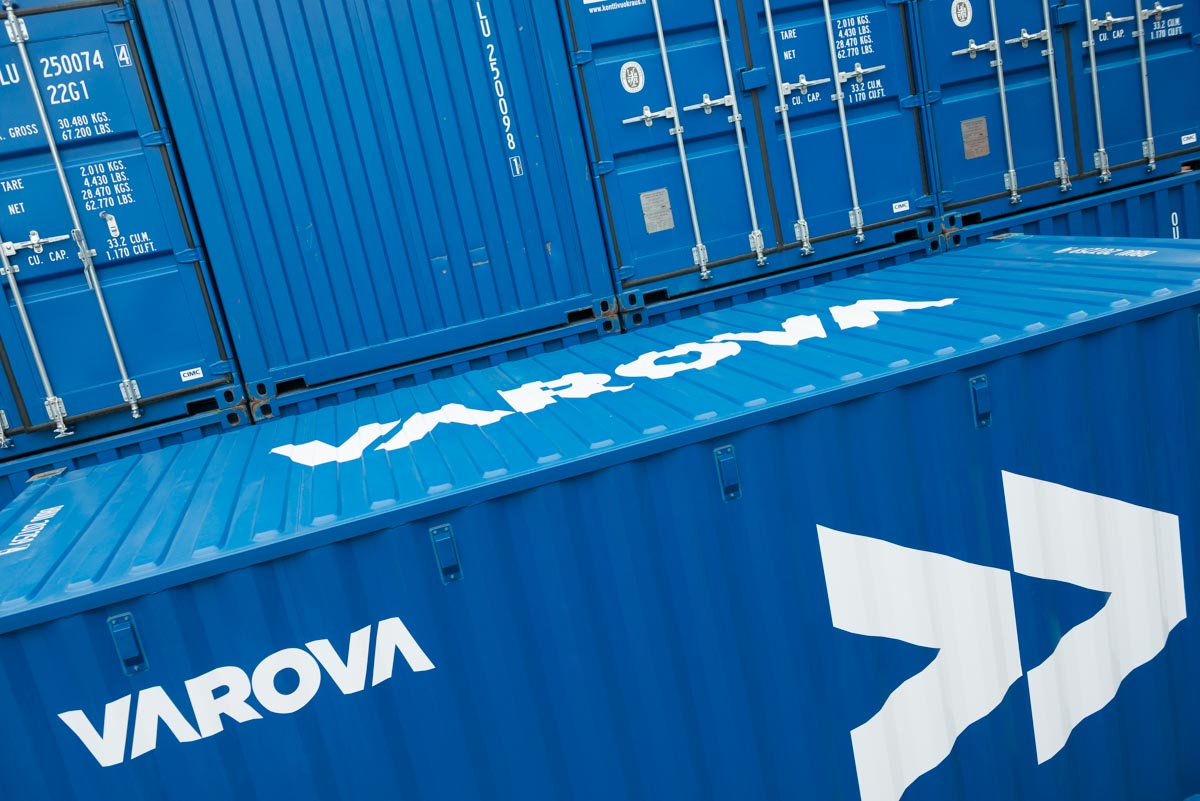On 30 September 2023, a new prohibition was introduced on the import of iron and steel goods to the European Union. It prevents the release of products for free circulation unless the importer can prove that no Russian raw materials have been used in their manufacture. The restriction applies to iron and steel products in groups 72 and 73.
For instance, EUR.1, A.TR or other preferential documents are not sufficient to prove origin under this measure, as products can always contain raw materials imported from Russia.
Article 3g of the EU Regulation does not specify which documents are considered such proof. Customs will make a case-by-case assessment, but it is the importer’s responsibility to present such evidence to Customs. The importer must hence provide required documents for the customs clearance.
For example, the following documents may be considered as proof of the country of origin of the iron and steel used in the processing of the product in a third country:
- Various proofs of origin (e.g. Certificate of Origin)
- Technical product information and product descriptions
- Official documents
- Documentation related to the industrial process (e.g. manufacturing process & refining process documentation and manufacturer’s material certificates, such as the Mill Test Certificate)
- Documents on geographical locations
- Decisions of origin or classification drawn up by a third country
- Third country customs declarations and the information they contact

